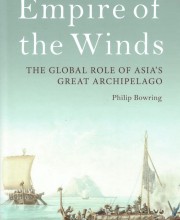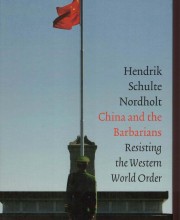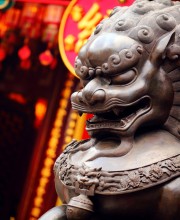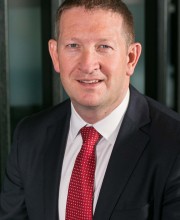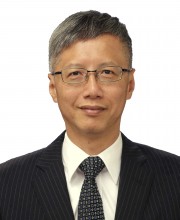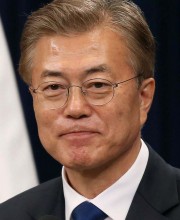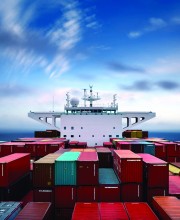RUSSIA, China, the United States and North Korea are all key players in South Korean President Moon's grand plan to "connect" a newly-burgeoning economic region of Northeast Asia, a "community of peace and prosperity". Again, the key is Pyongyang. Can it be counted on as a consistent, willing partner? Or will its traditional recalcitrance to 'reform' again dash all hopes . . .
SEOUL -- Since his election to the Presidency of South Korea in May 2017, Moon Jae-in has been pursuing an ambitious policy intended to achieve multiple political, strategic, economic - and even, presumably, personal objectives.
The Busan-native, born of North Korean refugee parents from the evacuation from Hungnam, North Korea, in 1950, Moon has brought, under his far-reaching New Northern Policy, a number of policy initiatives and economic investment projects (many recognisable to ATI readers) involving Russia, China and, especially, North Korea.
The New Northern Policy has its own Presidential Committee on Northern Economic Co-operation, involving four Ministers collectively responsible for Foreign Affairs, Economy, Finance and Trade.
Its Chairman, Song Young-gil, citing President Moon's "dream" of "being able to board a train in Busan . . . pass through Rajin-Khasan and reach Europe by the Trans-Siberian Railway", sees it as "a vision" that not only seeks to "connect" South Korea to "countries in the northern region" but also "aims to develop Northeast Asia . . . into a community of peace and prosperity".
The Policy, which ultimately seeks to enlist support from Russia, China, Mongolia, and the Eurasian Economic Union, makes specific reference to the resurrection of previous economic projects (the ROK-Russia gas pipeline, the Rajin-Khasan railway) again familiar to long-term ATI readers.





